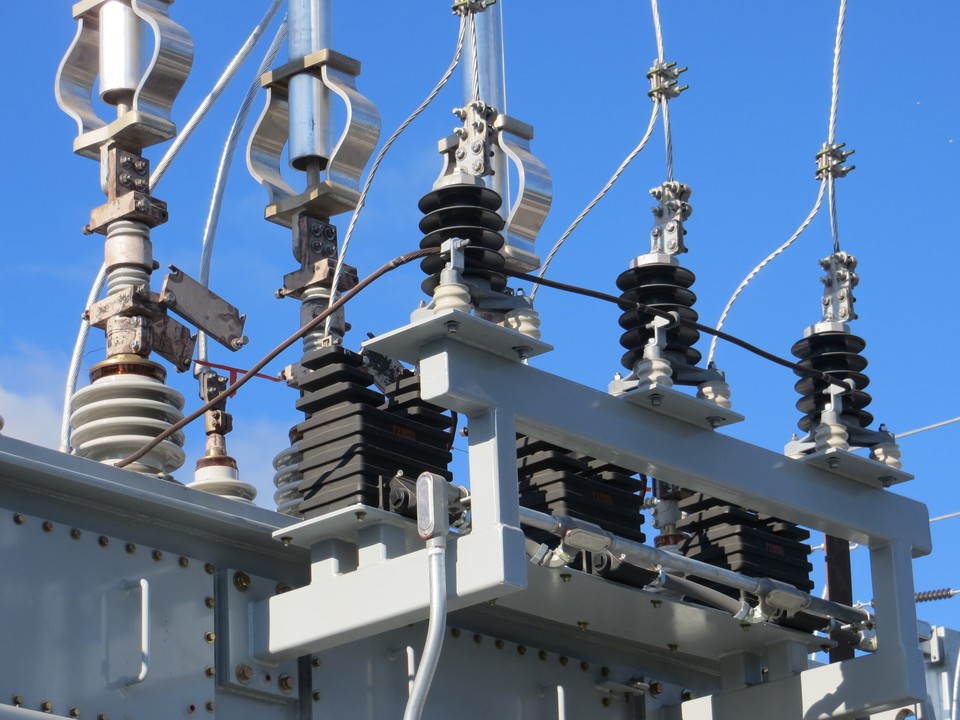 From the 1st July 2020, SA Power Networks has introduced changes to their large customer network tariffs.
From the 1st July 2020, SA Power Networks has introduced changes to their large customer network tariffs.
Network tariffs can sometimes appear to be confusing to many end-users. These tariffs can vary considerably between different state networks but are usually comprised of the following elements:
1. Supply charge $/day – which is the same rate for all customers within each tariff class
2. Usage charge $/kWh – based on the amount of electricity used, with often higher rates during the peak period and lower during the off-peak and shoulder periods
3. Demand charge $/kVA – based on the maximum capacity of the infrastructure required to service the customer, with a higher rate during the peak period and a lower rate during the off-peak periods
In South Australia, most large customers (> 160 MWh/year) were previously on a tariff that was a variant of the following two options:
1. “Monthly Actual Demand” – where the demand charges were based on the monthly highest half-hour demand between 4:00 pm and 9:00 pm for “peak” demand and between midday and 4:00 pm on workdays for the “shoulder” demand.
2. “Agreed Demand” – where the “agreed” demand charge was based on the highest historical half-hour demand recorded during the November to March months between midday and 9:00 pm. An “Additional Demand” charge also applied for the highest historical demand outside of those hours in excess of the “Agreed Demand”.
The “Monthly Actual Demand” tariff was beneficial for end-users who had modest energy consumption during the day, shut down their operations prior to 4:00 pm and/or had very low demand during the summer period from November through to March. If they did have to occasionally run past 4:00 pm to meet customer requirements they were only penalised at the higher “peak demand” rate for that one month.
The “Agreed Demand” tariff suited customers that had higher consumption during the day as the energy consumption cost rate was less than that of the “Monthly Actual Demand” energy cost rate. One challenge with this tariff was that the peak period was too long (midday to 9:00 pm during summer months) to implement energy management that could successfully reduce the site “Agreed Demand” and reduce annual costs. This tariff was also sensitive to individual half-hour periods and worked like a ratchet where the “agreed” value would increase for any new half-hour period that was higher than the previous “agreed” value for the peak November to March period, midday to 9:00 pm.
Over time, this “agreed demand” level could become significantly higher than the demand that the business was using without the customer knowing. Whilst the “agreed” value could reset by applying to SAPN through the retailer by showing justification for the adjustment downwards, most customers were unaware of both the higher-than-required demand costs and the opportunity to reset it.
The new tariffs introduced by SAPN commencing July 2020 now provide three options:
1. “Actual Monthly Demand” – a transition tariff available until 2025 that is no longer open to customers not already on that tariff. The calculation of demand is the same as the previous “Monthly Actual Demand”. Note that the demand calculation window is still between 4:00 pm and 9:00 pm, November to March.
2. “Monthly Peak Demand” – Each day during the period of November through March, the average daily demand between 5:00 pm and 9:00 pm is calculated. The “Peak Demand” level charged for that month is the highest of the daily average peak demands for the month. In addition, an “Anytime Demand” charge is applied based on the highest half-hour demand over the last 12-months during any period.
3. “Annual Demand” – The average daily demand between 5:00 pm and 9:00 pm during November through to March is calculated for each day. The “Annual Demand” is then the maximum of the daily average demands for the last 12-months. An “Anytime Demand” charge is applied based on the highest half-hour demand over the last 12-months.
Customers that were previously on the “Agreed Demand” tariffs (for both LV & HV) have been automatically shifted to one of the new tariffs by SAPN. Whilst SAPN has tried to switch customers to the tariff that they believe best suits, this should be verified independently.
The new “Annual Demand” tariff appears to be a fairer methodology than the previous “Agreed Demand” tariff as it uses the maximum daily average peak demand rather than an all-time historical demand. There is a rolling 12-month component to both the summer peak Annual Demand and the Anytime Demand.
So what tariff is best for your operation?
If much of your load is turned off prior to 5:00 pm then the “Monthly Peak Demand” tariff may result in a lower annual cost than the “Annual Demand” tariff. However, as the Monthly Peak Demand charge rate is 1.5 times that of the Annual Demand rate, just a couple of occurrences of running past 5:00 pm will push the costs up.
What if you are still on the “Actual Monthly Demand” transition tariff? Are you better off staying on that tariff or opting for one of the new tariffs?
This requires analysis of the half-hour interval data from your meter for your operations and calculating your annual network tariff costs under each of the three tariff scenarios over a 12-month period.
You can access your 12-month, half-hourly interval data through your retailer, or it’s portal. It is then a matter of doing the analysis in Excel.
Please feel free to contact me at michael@altusenergy.com.au if you would like some assistance with that analysis.
[/fusion_text][/fusion_builder_column][/fusion_builder_row][/fusion_builder_container]
